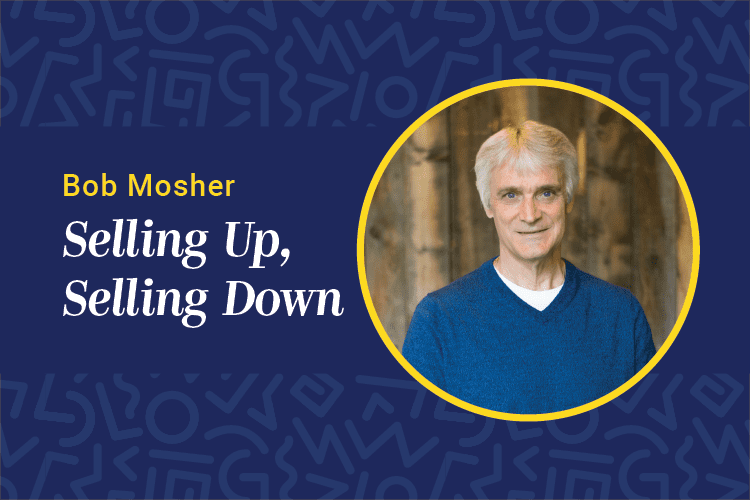<p> I recently spoke with a CLO who was attempting to research the average time an employee spends in training each year. As you could probably guess, the answer was: “It depends.” </p><p>The responses from interviewees relied on three variables: the type of industry, the level of the employee within the organization and the overall size of the enterprise. The numbers averaged somewhere between 40 and 80 hours per employee, or one to two weeks. </p> <p>Of course, there were exceptions at both extremes, but overall, the amount of time an employee spends outside of formal training is staggering. It leaves us with a fairly important question to consider: What about the other 50 weeks of the year?</p> <p>When looking at the situation from this perspective, it’s no wonder learning and development have taken such a hard hit lately. Can any organization afford to support a department that appears to be impacting the bottom line only two weeks out of the year per employee? We all may feel that a company that cuts its training budget right now is being very shortsighted, but our industry is often judged on numbers — and if we continue to focus on the formal side of instruction, our numbers may not stack up.</p> <p>The other 50 weeks of the year, employees try to survive in the difficult world of applied learning. In fact, the “moment of apply” is the most important learning moment an employee faces. It is the time when all formal training is tested and when the ability to perform is truly measured. </p> <p>However, in most organizations, this moment is poorly supported, and the training department is rarely seen as helpful. To make a greater impact, learning organizations must support the moment of apply in three ways: </p> <ul><li>Prepare for an apply moment to occur.</li><li>Support the apply moment itself.</li><li>Assess for greater performance after the apply moment occurs. </li></ul> <p>All too often, the moment of apply is only viewed as when the need is actually occurring. It is seen as isolated and out of context. When viewed this way, the tools offered tend to be shallow and superficial. In actuality, applying what has been learned is a journey — not a single moment in time. Informal learning assets need to be brokered along that journey in the same way that we have managed formal assets. </p> <p>For example, a learning management system (LMS) is often used to guide a learner through formal learning moments by making e-learning assets universally available. A similar architecture on the informal side is becoming known as a performance support broker. Its purpose is to make informal assets available.</p> <p>Simply having informal assets and making them randomly available isn’t enough, though. It always amazes me how lopsided our learning offerings are, and how poorly allocated. The dollars, resources and time spent supporting the two weeks of formal learning far outpace the attention given to the other 50 weeks. We can do better. </p> <p>Orchestrating informal offerings and brokering them effectively needs to follow a contextual and efficient sequence. It needs to be one that mirrors the context in which they are to be consumed. The task analysis process that has served us on the formal side becomes process analysis on the informal side. When done in tandem, aligning the appropriate resources throughout the entire learning journey, great things can be achieved.</p> <p>Learning is a process, not an event. Two weeks of training is an important part of the overall process, but those two weeks will have little long-term effect unless we intentionally address the 50 that remain.</p>
Featured











